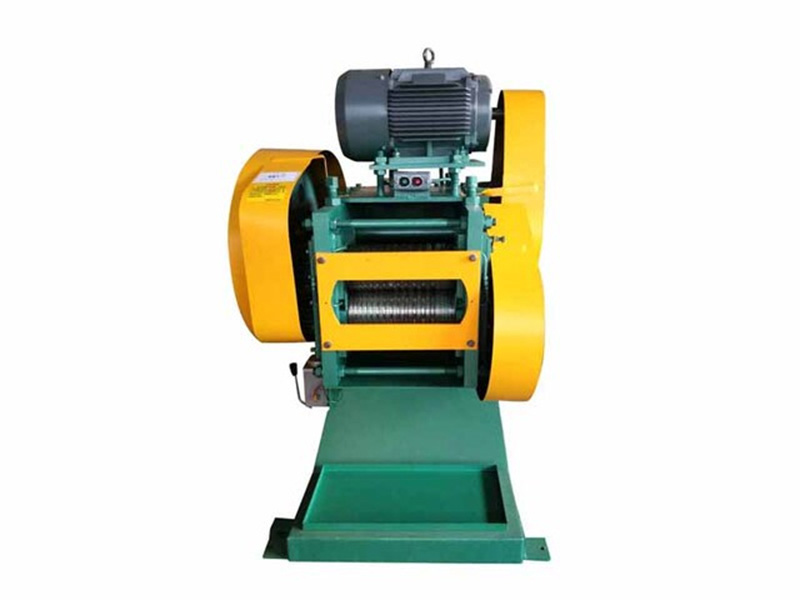The rotary pointing machine is a specialized industrial machine that shapes the end of a wire, bar, or rod by rotating the material over cutting tools. The machine is primarily used to create pointed or tapered ends. The material is held in place using a rotating mechanism while a set of cutting tools are used to gradually remove material from the end of the wire or rod to achieve the desired shape. This process is done at a controlled speed, allowing the machine to produce the tip with a high degree of accuracy. The operation of a rotary pointing machine is relatively simple, but requires precise control to achieve the desired results. The process begins with loading the material (such as a wire or rod) into the machine and securing it in the material holding mechanism. The machine's rotary mechanism is then activated, causing the material to rotate at high speeds. As the material rotates, it passes over the cutting tools, which are positioned to gradually sharpen the end of the material into a pointed shape. The cutting tools remove material from the end of the wire or rod, ensuring that the tip is symmetrical and smooth. The operator can adjust the rotation speed, depth of cut, and feed rate to achieve the desired tip geometry. Depending on the specific requirements of the material and application, the process may involve multiple passes of the material through the machine, with the cutting tools gradually refining the tip. The use of a rotating mechanism ensures that the material is processed evenly from all sides, resulting in a smooth, even spot, a controlled feed mechanism ensures that the material is processed consistently without over- or under-cutting, and a cooling system helps prevent overheating, ensuring that the machine runs efficiently and the cutting tool maintains its performance over time.

 English
English русский
русский عربى
عربى



















